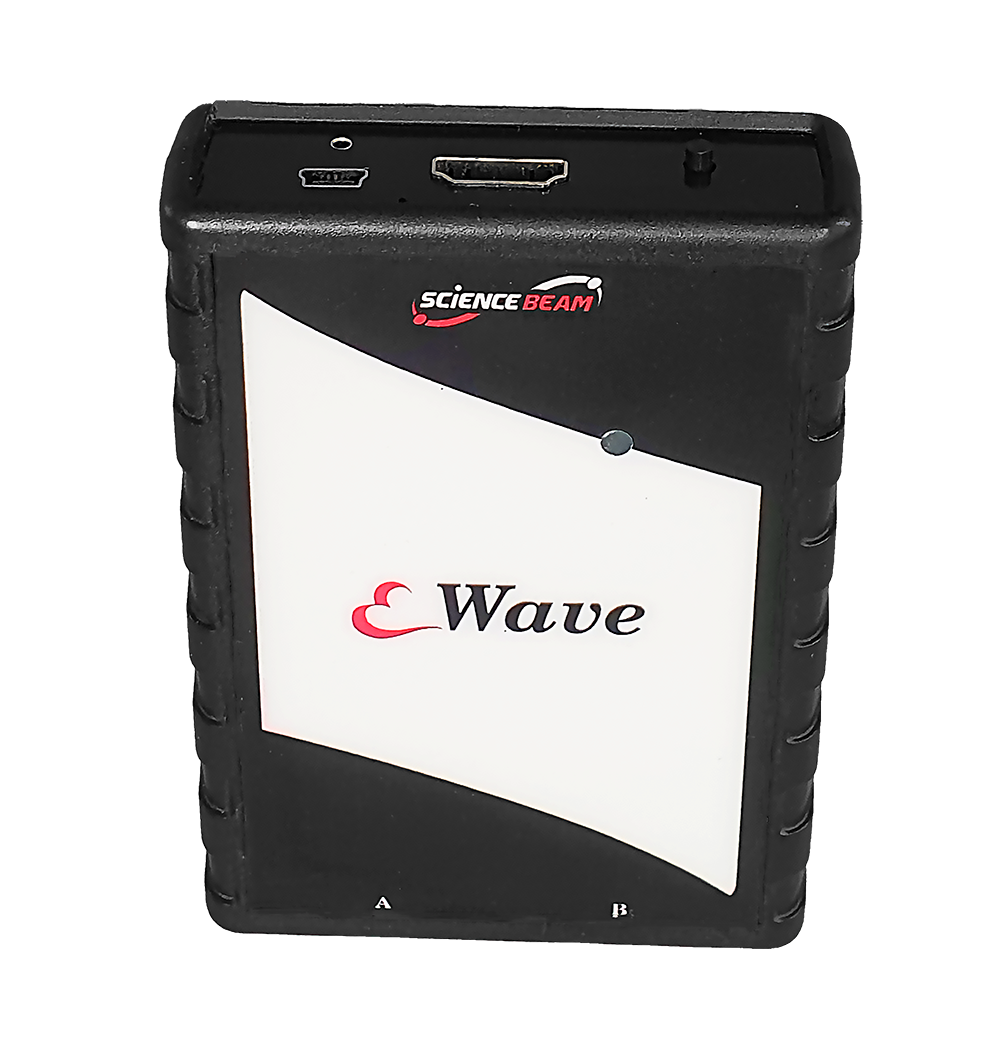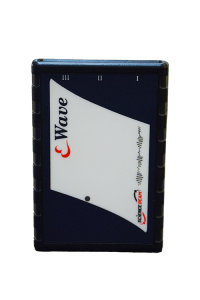buy a neurofeedback device
If you’re interested in purchasing a neurofeedback machine, it’s essential to consider several factors before making a decision. Keep in mind that the selection of a neurofeedback machine depends on your specific needs, the intended use, and your budget. Here are some steps and considerations to guide you through the process:
Define Your Goals:
- Clearly identify your objectives for using neurofeedback. Whether it’s for personal cognitive enhancement, addressing specific conditions, or professional use, understanding your goals will help in choosing an appropriate system.
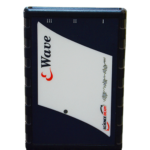
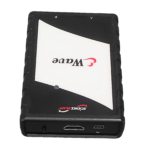
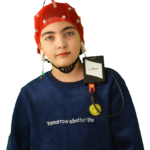
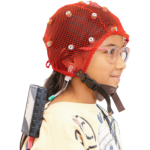
1.Professional Guidance:
- If you’re considering neurofeedback for therapeutic purposes, it’s advisable to consult with a healthcare professional or a licensed neurofeedback practitioner. They can guide you on the most suitable equipment based on your needs and provide proper training and support.
Research Brands and Models:
- There are various neurofeedback equipment manufacturers and models available. Some well-known brands include Neuroptimal, BrainMaster, EEGer, and BioExplorer. Research the features, user reviews, and reliability of different machines to find one that aligns with your requirements.
Consider EEG Sensors and Comfort:
- Evaluate the type of EEG sensors the machine uses. Some systems use dry electrodes, while others use wet electrodes. Consider the comfort, ease of use, and maintenance requirements associated with each type.
Feedback Mechanism:
- Examine the feedback mechanism of the neurofeedback machine. Visual and auditory feedback are common, but advancements in technology may offer more engaging options such as virtual reality or gamification.
Software and Customization:
- Assess the software interface and customization options. A user-friendly interface with the ability to customize protocols is crucial for tailoring neurofeedback sessions to your specific needs.
Cost and Budget:
- Neurofeedback machines can vary significantly in price. Establish a budget based on your financial capabilities and the level of features you require. Keep in mind that more advanced systems may come at a higher cost.
Warranty and Support:
- Check the warranty and customer support provided by the manufacturer. A good warranty and responsive customer support can be essential in case you encounter issues or have questions about the equipment.
Training and Education:
- Ensure that the neurofeedback machine comes with proper training resources. Whether you’re a practitioner or an individual user, understanding how to use the equipment correctly is crucial for effective and safe sessions.
Regulatory Compliance:
- Verify that the neurofeedback machine complies with relevant regulatory standards. For medical or therapeutic use, it’s important to choose a device that meets necessary quality and safety standards.
- User Reviews and Recommendations:
- Look for user reviews and seek recommendations from professionals or individuals who have experience with the specific neurofeedback machine you are considering.
Remember that purchasing a neurofeedback machine involves a commitment to learning and understanding the technology. If you are unsure about which system is best for you, consulting with a qualified healthcare professional or a neurofeedback practitioner is highly recommended. They can provide personalized guidance based on your specific needs and goals.
Understanding Neurofeedback:
Before delving into the process of buying a neurofeedback machine, it’s important to understand the basics of neurofeedback. Neurofeedback involves monitoring brainwave activity through EEG sensors and providing feedback to the individual in real-time. This feedback can take various forms, such as visual or auditory cues, enabling the individual to learn and self-regulate their brain function. Neurofeedback has been applied in various fields, including mental health, sports performance, and cognitive enhancement.
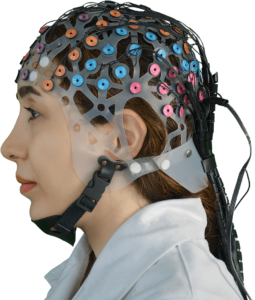
Researching Brands and Models:
Several manufacturers produce neurofeedback machines, each with its own set of features and specifications. Some well-known brands in the neurofeedback industry include Neuroptimal, BrainMaster, EEGer, and BioExplorer. Researching these brands and their various models will give you a better understanding of the options available in the market.
Consider the following aspects during your research:
User Reviews: Explore reviews from individuals who have used the machines. This can provide valuable insights into the user experience and the effectiveness of the neurofeedback systems.
Reliability: Look for machines from reputable manufacturers known for their reliability. A reliable machine is essential for accurate and consistent feedback.
Features: Compare the features offered by different models. Consider the type of feedback mechanisms, software interfaces, and customization options available with each machine.
Conclusion: Making an Informed Decision:
Purchasing a neurofeedback machine is a significant investment, and making an informed decision is crucial for achieving your goals. Take the time to thoroughly research and evaluate different options, considering factors such as EEG sensors, feedback mechanisms, software interfaces, and regulatory compliance.
Remember that the suitability of a neurofeedback machine depends on your specific needs and the intended use. Whether you are a healthcare professional incorporating neurofeedback into your practice or an individual seeking cognitive enhancement, selecting the right machine is paramount for a successful and fulfilling neurofeedback experience.
Seek professional guidance, explore user reviews, and ensure that the chosen neurofeedback machine aligns with your goals, preferences, and budget. With careful consideration and research, you can embark on a journey to optimize brain function and enhance well-being through the transformative power of neurofeedback.
